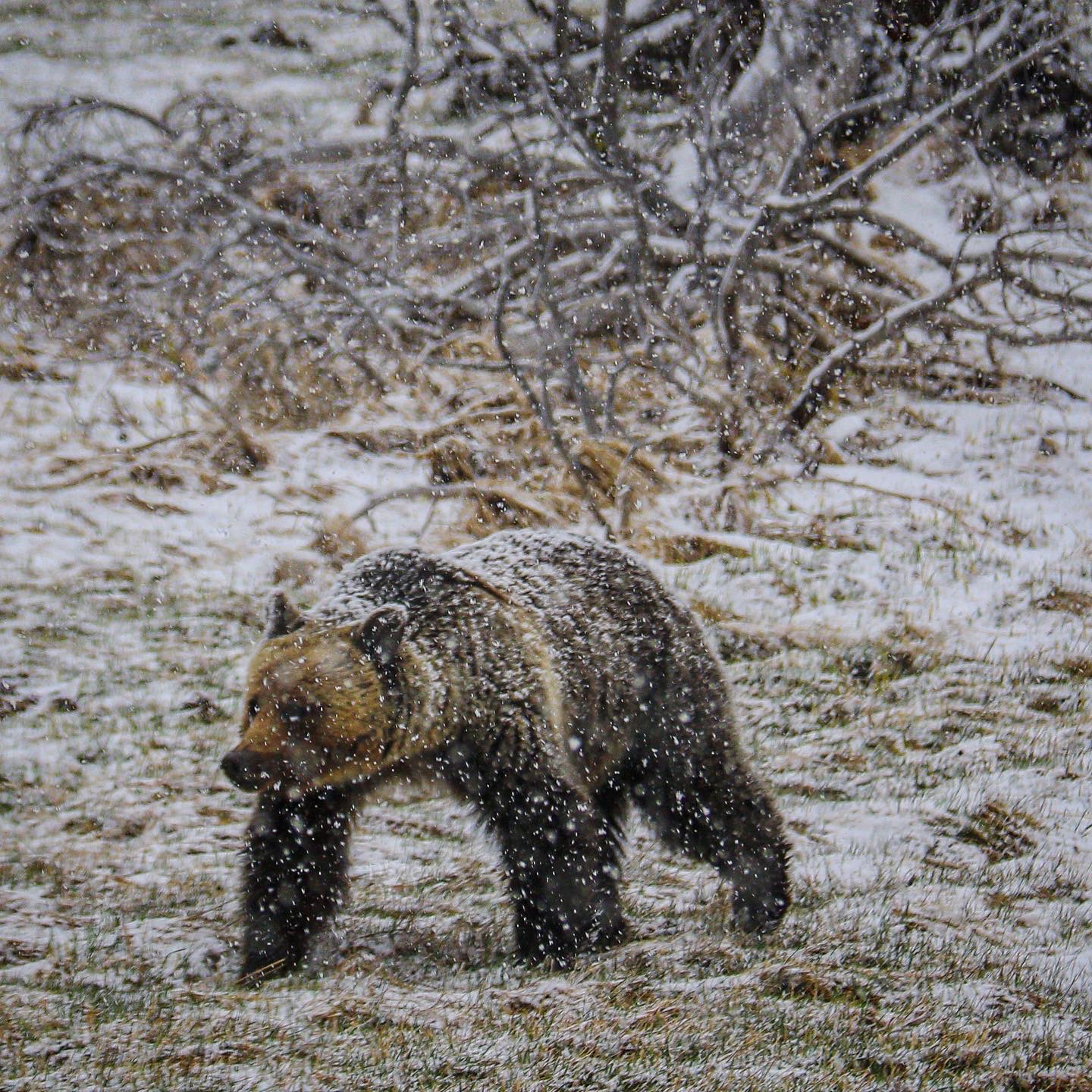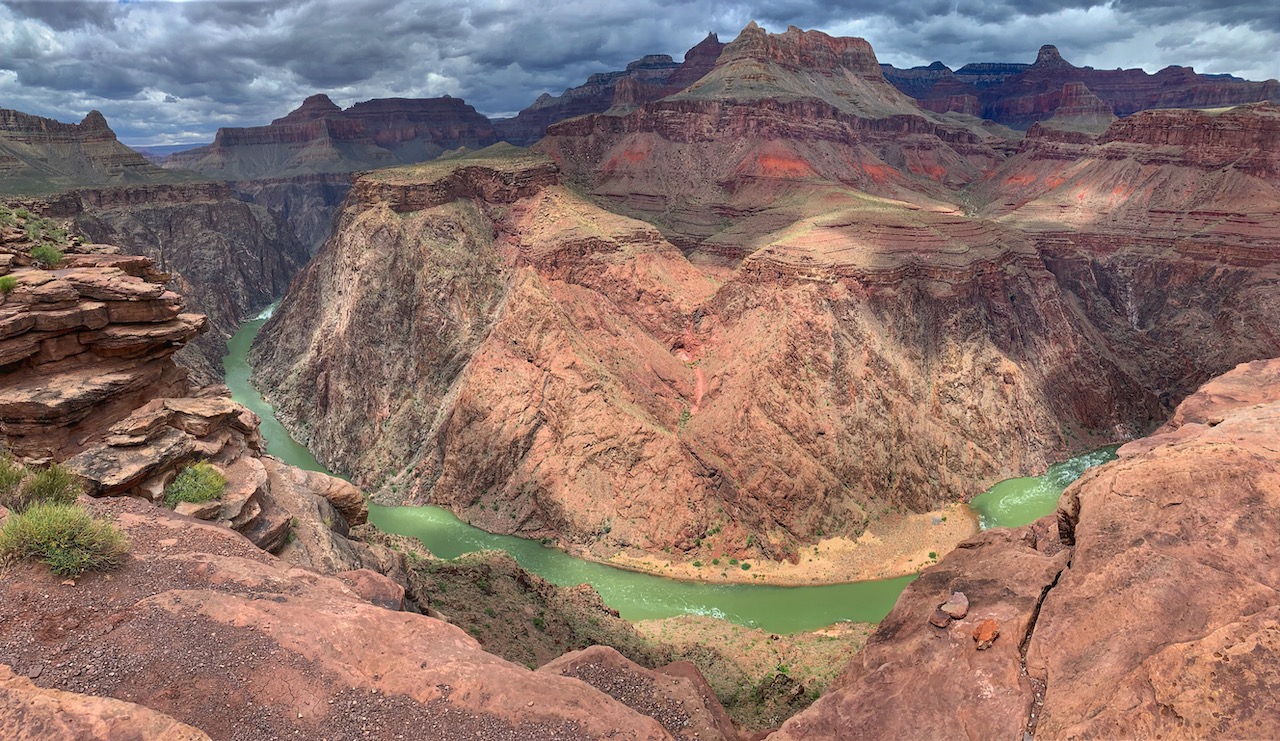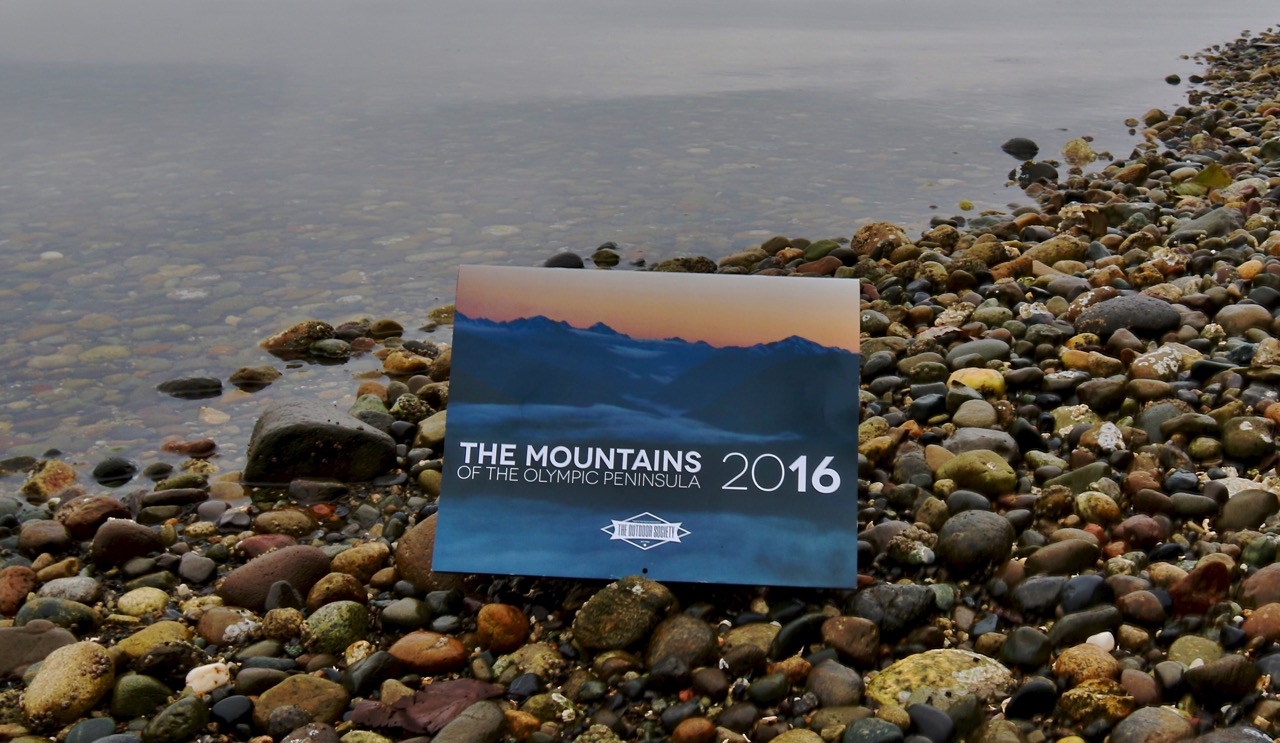The following is a press release from Yellowstone National Park, issued on March 7th, 2023. I altered it slightly, removing the inaccurate use of the word “hibernation” and replacing it with the accurate term “torpor.”
Bears do not hibernate.
I’ll let the National Forest Foundation explain the difference here.
On to the press release:
MAMMOTH HOT SPRINGS, WY – On Tuesday, March 7, a Yellowstone National Park wildlife biologist on a radio telemetry flight observed the first grizzly bear of 2023 to emerge from torpor. The adult bear, estimated at 300-350 pounds, was seen near the remains of a bison carcass in Pelican Valley, in the central-eastern part of the park.
- Prepare for a bear encounter.
- Carry bear spray, know how to use it, and make sure it’s accessible.
- Stay alert.
- Hike or ski in groups of three or more, stay on maintained trails, and make noise. Avoid hiking at dusk, dawn, or at night.
- Do not run if you encounter a bear.
- Stay 100 yards (91 m) away from black and grizzly bears. Approaching bears within 100 yards is prohibited. Use binoculars, a telescope, or telephoto lens to get a closer look.
- Store food, garbage, barbecue grills, and other attractants in hard-sided vehicles or bear-proof food storage boxes.
- Report bear sightings and encounters to a park ranger immediately.
- Learn more about bear safety.
Want the best wildlife watching trip to Yellowstone possible?
Pick up a copy of my guidebook, full of everything you need to know to spot wildlife like a local.




